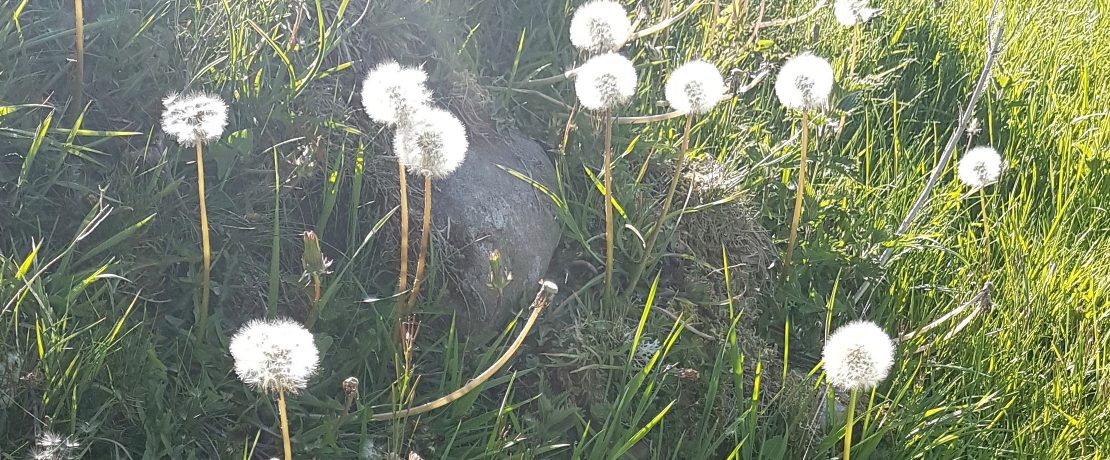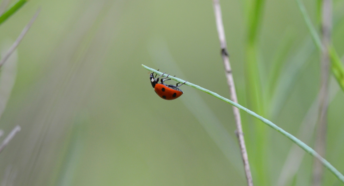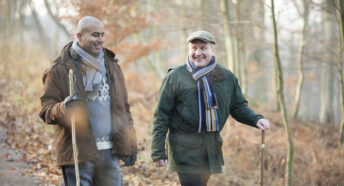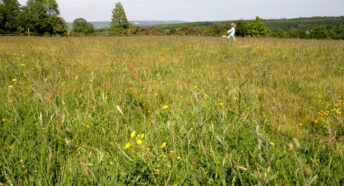A month in the countryside: connecting with nature in May
In the fifth of her exclusive monthly columns for CPRE, Susie White gives us her tips on what to look out for in nature – celebrating what makes the North Pennines so special, as well as the everyday beauty that can inspire us all.
If I had to chose a favourite month it would be May. It’s a time when my garden feels at its most fresh, vital and unstoppable. Every day there’s something new bursting into flower and I can’t help but greet each familiar plant with a smile.
It’s also the month of bluebells in Northumberland woods and luscious wild garlic for harvesting for soups and pesto. My response to this time of year is coloured by childhood memories of walks, and that frothy white combination of hawthorn flowers and cow parsley that is especially evocative of spring.
Five ways to connect with nature this May
1. Listen for the call of the cuckoo
Hearing the first cuckoo of spring is a magical moment. I can be working in the garden, quiet in my thoughts, and suddenly that unmistakable call will cut through my consciousness. With cuckoos in decline in many parts of the country, I feel very lucky to hear them every year. They face many threats on their migration between the Congo and the UK.
Cuckoos lay their eggs in the nests of warblers, meadow pipits and dunnocks, the true parents working themselves tirelessly to provide for the usurper. It can be hard to spot a cuckoo flying so I’m thrilled when I see one crossing the pasture; they are easily mistaken for a bird of prey. One year we even had a juvenile cuckoo perch for a while on our runner bean poles.
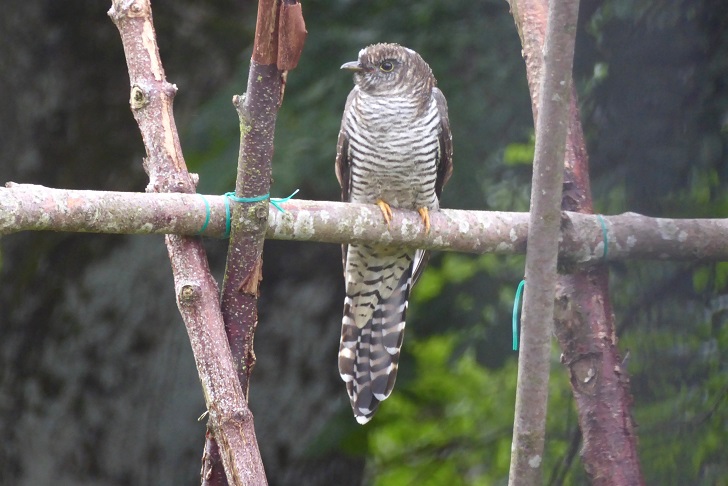
2. Take a closer look at dandelions
They are everywhere so it is easy to take them for granted. But pause and look at a dandelion and it is a wonder of complexity, beauty of arrangement and vibrant yellow sunniness. The name comes from the French dente de lion for the way the wavy-edged leaves suggest lion’s teeth. I like to pick a cluster of dandelion heads and float them in a blue bowl as a way of appreciating them.
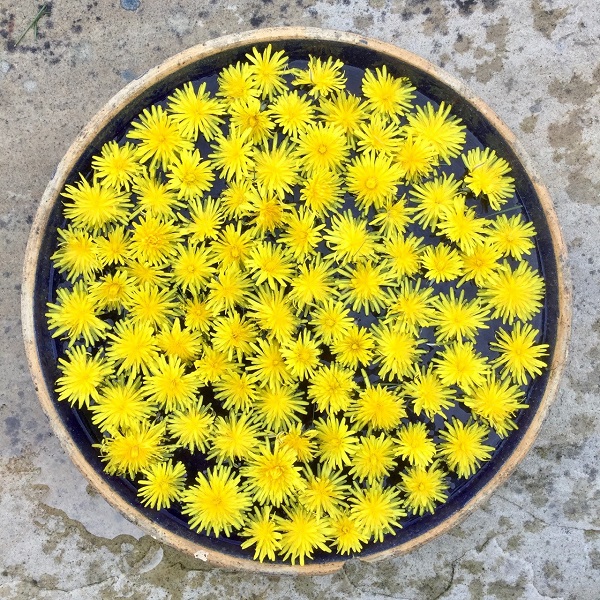
Join Plantlife’s No Mow May movement and see what wildflowers emerge from your lawn – including dandelions. They have nectar for pollinating insects and the seeds on their little parachutes are eaten by siskins and goldfinches.
3. Beware low flying legs
At the time that the hawthorn is in flower there can be swarms of black flies with long trailing legs: St Mark’s flies, Bibio marci. They get their common name from the fact that they emerge around St Mark’s Day on April 25th, but it is for about one week in May that they fly en masse.
With their long dangly legs they can seem a bit alarming, but they are harmless and are important pollinators of fruit trees and crops. Their larvae feed on rotting vegetation and in compost heaps and, to me, they are one of those seasonal moments that mark out the year.
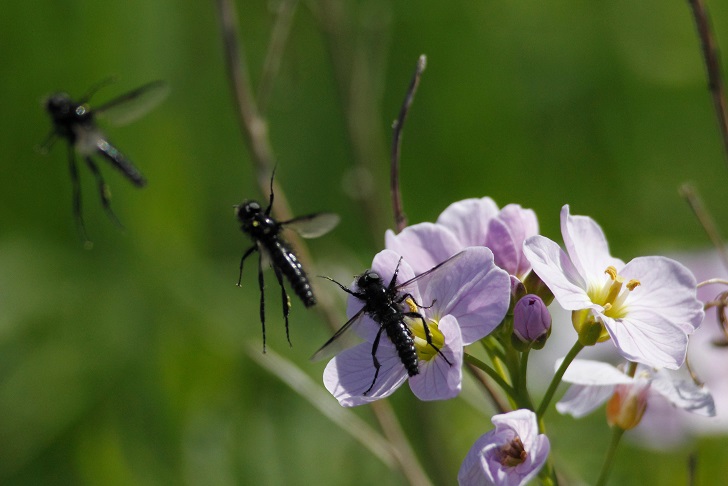
4. All hail the Emperor
Taking a pheromone lure from my freezer, I head for the heather moors in the hope of attracting an Emperor moth, Saturnia pavonia. These are spectacular moths, the females strikingly marked in silver and charcoal with four large eye spots; males also have eye spots but are fiery burnt orange and umber.
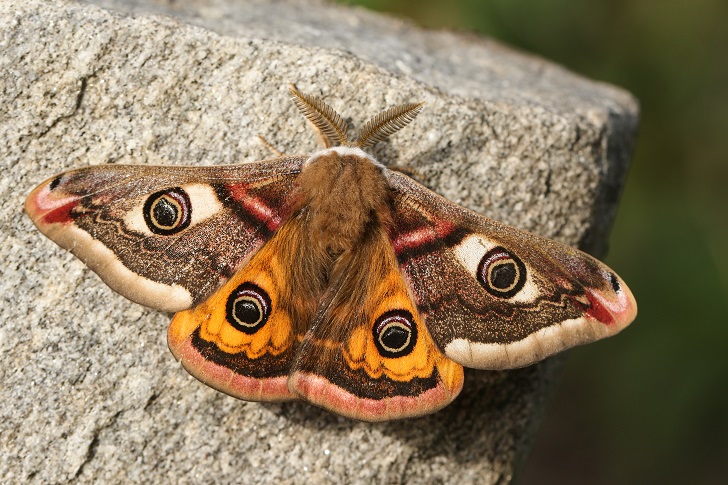
I fix the lure on a cane and wait; within ten minutes there are two fast-flying males dancing round it. The lure imitates the female’s scent as she rests in the heather by day and the males can detect her from a huge distance. I handle the lure with care; I’ve heard tales of moths being irresistibly attracted to clothes or car doors!
5. Look out for unusual activity
Long-tailed tits visit my garden all year round. I love to watch them from the window as they move restlessly between the trees or forage nimbly, using those long tails to counterbalance, in the search for tiny insects.
Last year I noticed unusual activity on my daily walk. Some long-tailed tits were hovering above a gorse bush where there was clearly a nest deep in the safety of its impenetrable prickles. Non-breeding birds that act as ‘helpers’, as well as the parents, will sometimes hover conspicuously above the nest site. It’s something I will be on the look-out for again this year.
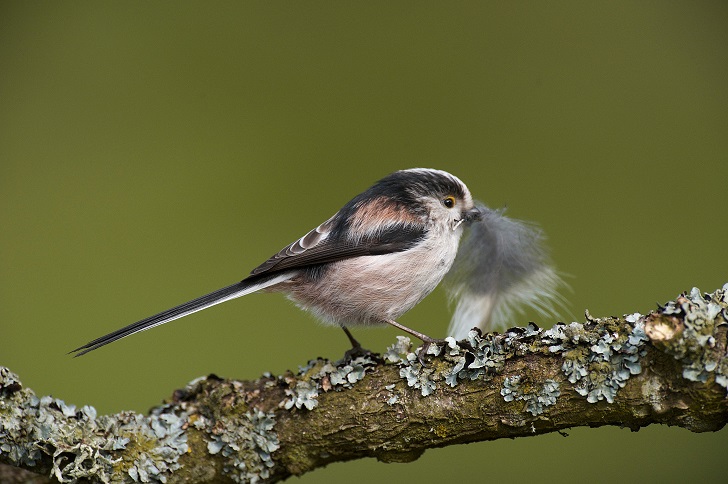
Susie White is a writer and naturalist who lives and gardens in a small valley in the North Pennines Area of Outstanding Natural Beauty. Its diverse mix of habitats and landscapes provides a rich variety of wildlife to observe and record – including through her regular Country Diary entries for The Guardian.
Read more of Susie’s observations and enjoy her great photos on twitter @cottagegardener and remember to look out for her next CPRE column in June.
